#1940s san francisco
Text
Bullets for a Wedding by ElDiablito_SF

Bullets for a Wedding
by ElDiablito_SF (E, 31k, wangxian)
Summary: Wei Wuxian and Lan Wangji are disgustingly in love and happily cohabitating six months after the events of "Pearls for a Funeral". But a vindictive power will not let them rest. Trouble is brewing at work for Detective Jiang Cheng, and just in time to create all kinds of problems for his sister's wedding (not to mention the invitation list!). A mysterious letter starts off a non-stop, wild, noir ride which takes our heroes from the foggy climes of San Francisco to the verdant hills of Napa Valley. Can Wangxian once again prevail over the powers of darkness and save their love as well as each other? I don't know, I don't know, I really don't know.
Part 2 of Noir AU (2 works, series in progress)
My comment: Ah, a very satisfying sequel to Pearls For a Funeral (here’s my post). In which the bad guys from the first story just won't stop making trouble, prison and looming execution notwithstanding. POV alternates, and it's a ride through a visceral 1940s landscape with loads of angst and kidnapping and perilous situations (both physical and emotional). Fun time!
Excerpt: One would have thought once you’ve lived through one abduction, the second one would be a walk in the park, and yet, Lan Wangji was discovering, one would have been entirely incorrect. What was even more beneath his dignity was being held hostage by the man who used to wash his car. Oh no, if Uncle found out, he would be absolutely livid. This assassin, this Xue Yang personage, who had dared beat Wei Ying into a bloody pulp and trespass against his clavicles (a sin for which Lan Wangji had already damned the man to the ninth circle of hell), was barely worthy of so much as being in Lan Wangji’s presence. Unfortunately, he was hovering extremely uncomfortably close to his presence, and leering in such a way that made Lan Wangji pull at his restraints despite his valiant attempts at keeping his considerable cool.
noir au, case fic, 1940s san francisco, established relationship, mystery, intrigue, private detective wei wuxian, rich socialite lan wangji, background nielan, shameless lan wangji, gumshoe wei wuxian,kidnapping, light torture, BAMF lan wangji, hurt wei wuxian, hurt lan wangji, misunderstandings, angst, POV alternating, lack of communication, feels, hostage situations, grief/mourning, happy ending, @jadedbirch
(You may wish to REBLOG as a signal boost for this author if you like – or think others might like – this story.)
#Wangxian Fic Rec#The Untamed#wangxian#MDZS#noir au#detective wei wuxian#socialite lan wangji#1940s san francisco#shameless lan wangji#kidnapping#BAMF lan wangji#hurt wei wuxian#hurt lan wangji#misunderstandings#angst#POV alternating#lack of communication#feels#hostage situations#grief/mourning#happy ending#Bullets for a Wedding#ElDiablito_SF#medium fic 15k-49k#nc17
34 notes
·
View notes
Text
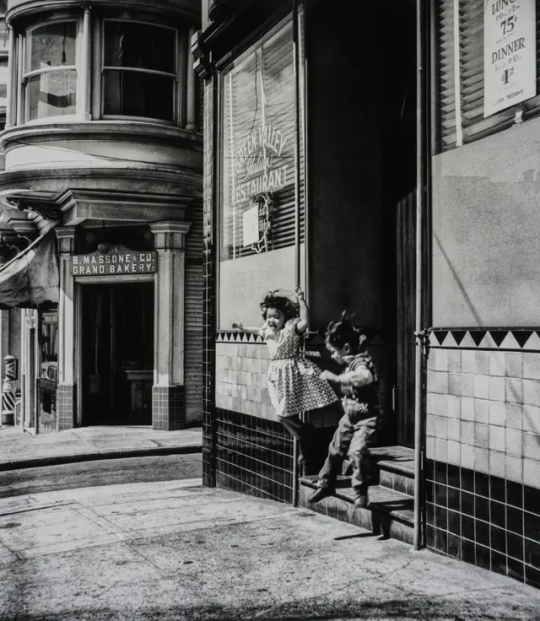
Children Playing. North Beach, San Francisco. c.1940's
Photo: Fred Lyon
49 notes
·
View notes
Text

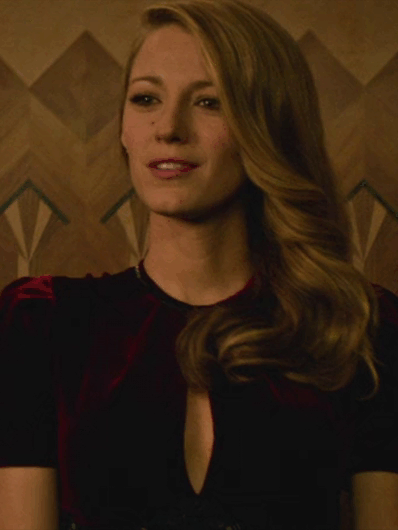





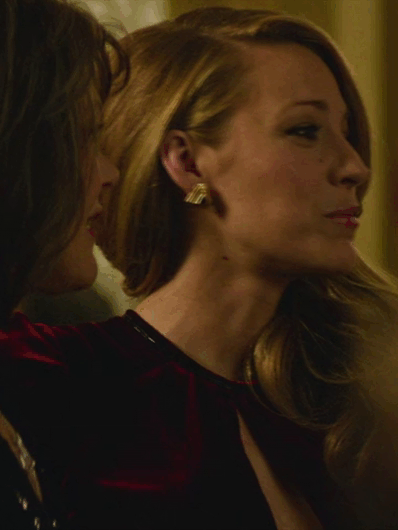

The Age of Adaline + Costumes
Adaline Bowman's red & black dress.
// requested by anonymous
#The Age of Adaline#Adaline Bowman#period drama#perioddramaedit#costume drama#costumes#costumesource#1940s#1900s#2010s#2000s#20th century#21st century#red#black#San Francisco#California#USA#North America#requests
84 notes
·
View notes
Photo

Max Yavno. Untitled [Opening Night at the San Francisco Opera]. 1947
Follow my new AI-related project «Collective memories»
#BW#Black and White#Preto e Branco#Noir et Blanc#黒と白#Schwarzweiß#retro#vintage#Max Yavno#San Francisco Opera#1947#1940s#40s
32 notes
·
View notes
Text
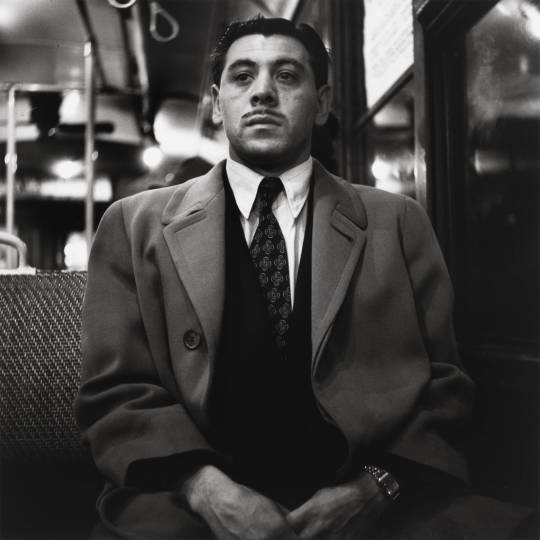
Subway, New York
Louis Stettner (American; 1922–2016)
1946 (printed 1980s)
Gelatin silver print
SFMOMA, San Francisco, California
#American photography#American photographers#American photographs#Louis Stettner#Stettner#1940s#1940s New York#subway#New York subway#street photography#street photographs#street photographers#American street photographers#American street photography#suits#neckties#subway cars#New Yorkers#commuters#wristwatch#wristwatches#San Francisco Museum of Modern Art#SFMOMA#topcoats#mustaches#black and white#black-and-white photography
14 notes
·
View notes
Text

City of San Francisco leaving Green River Wyoming.
47 notes
·
View notes
Photo

1949
#vintage travel poster#Shasta Daylight#mid-century#train#1940s#railroad#Southern Pacific#1950s#midcentury#Portland Oregon#San Francisco#nature#views#art#mid century
391 notes
·
View notes
Photo



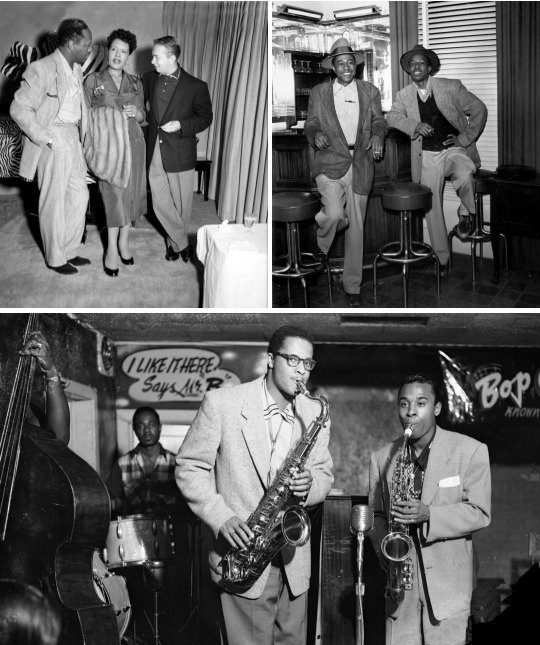



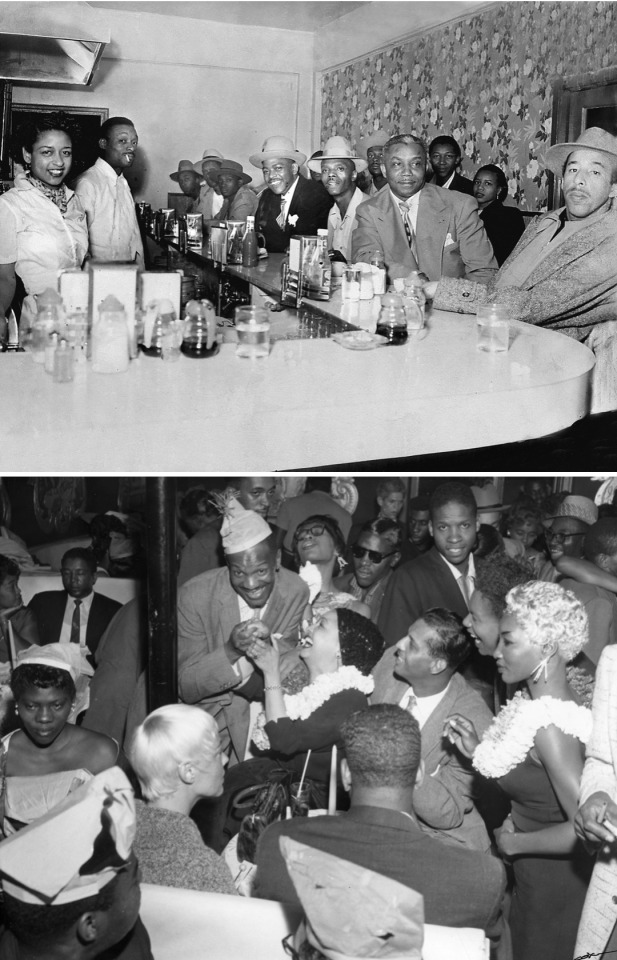


Fillmore District: ‘Harlem of the West’ - The Glory Days of the San Francisco Jazz Scene
San Francisco’s Fillmore District used to be one of the hottest nightlife spots in the country. Hip as jazz, cool as the blues, sexy like the R&B music bursting from its bars and clubs, the ‘Mo was the place to be in the 1940s and 50s. Duke Ellington? Check. Ella? Yup. T-Bone Walker? He was a regular at the Texas Playhouse on Fillmore and Sutter. The neighborhood was a bastion of Black culture on the west coast. Like NYC’s Harlem, where a renaissance of Black music and art had emerged in the 1920s, the Fillmore showcased a cultural utopia by and for African Americans two decades later.

“Music in the Fillmore was organic. In the air. It was from the community and belonged to the community. You can’t look at the neighborhood without looking at the music that was coming from the people who lived there.”
— Wayne Wallace, musician
During World War II, the Fillmore became a hub for thousands of southern transplants lured to the Bay Area by the promise of jobs in the Kaiser shipyards across the bay in Richmond. They joined an already sizable community of Black San Franciscans and ethnic Japanese who’d decamped from Chinatown to the area near Geary and Fillmore Streets after the 1906 earthquake. In 1942, when the entire population of Japan Town was effectively evicted by forced internment, Black southerners took their place in the quickly crowding city. Young people with good jobs meant money to spend on fun, and the Fillmore’s already established entertainment sector took off like wildfire. Before long, the street was a blitz of nightclubs and late night eateries, record shops and shoe stores catering to the growing post-war middle class.
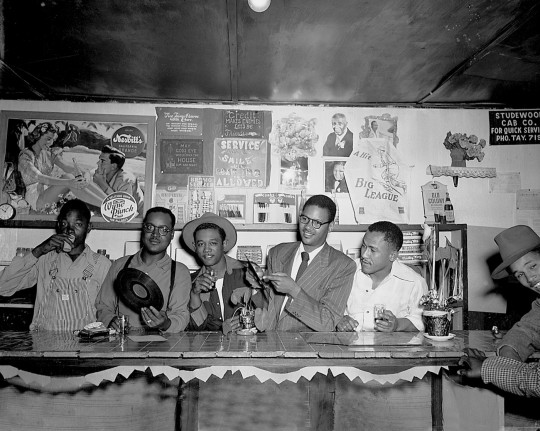
“Walking down Fillmore Street with my friends was so cool. There were movie theaters. Soul food restaurants. Pool halls. A bowling alley and a roller skating rink. You walked by different doorways, and you started to hear doo-wop. In the middle of the afternoon, these guys are cutting it up, singing in the doorway because the marble floor gives a better sound.”
— Steve Nakajo
In 1953, the Western Addition Project would begin by transforming two-lane Geary Street into a wider boulevard in an effort to ease movement to and from the city’s Richmond district. Eventually the project would subsume hundreds of city blocks in the neighborhoods west of City Hall, uprooting thousands of residents and turning what had been one of post-earthquake San Francisco’s main commercial districts into a veritable ghost town. By the late 1960s, all but a few of the great Fillmore music clubs were gone.
“The entertainment world for African Americans virtually ceased to exist in San Francisco. The great life that was Harlem-ish was destroyed by the redevelopment process. It was a blow to African Americans, a blow from which we frankly have never really recovered.”
—Willie Brown, former mayor of San Francisco
Source
A Brief History of Black San Francisco
San Francisco's reputation as one of America's most ethnically diverse cities is in question as its African Americans population erodes. In 1990, 11% of city residents were Black. Now that number is just 6% and is expected to drop below 4% by 2020.
Black San Francisco's numbers were low until the early 1940s, when workers began coming to work in the city's shipyards from places like Louisiana, Texas, and Arkansas. Before the 1940s surge, Black San Francisco's numbers were so low that there was a running joke that if you were Black, you probably knew all the Black folks in the city.

Newcomers from the South replaced Japanese Americans who were forcibly interned during World War II. After the war ended, the city's Black population continued to climb as workers remained in the city and developed roots. But the city's newcomers were limited in where they could live due to discriminatory housing policy and restrictive covenants written into property titles that did not allow African Americans the chance to live in other parts of the city.

The Fillmore District became Black San Francisco's cultural and economic heart. It became known as the "Harlem of the West," as all of the era's major artists performed in the neighborhood's venues. The list includes Count Basie, Etta James, Thelonious Monk, and Duke Ellington. But the Fillmore began changing after the war ended as federal redevelopment projects demolished many of the neighborhood's homes and businesses. Many residents relocated to Bayview and Hunters Point.
Restrictive covenants were outlawed under the Fair Housing Act of 1968, but by this point there were few incentives for Black Americans to stick around San Francisco, and many moved out to Oakland where a Black middle class came to flourish.
Some of those who stayed in San Francisco fought for better living and employment standards. An important group of activists during this period was the Big Five: five women activists who demanded more resources for Bayview and Hunters Point from city officials. One member of the group was Eloise Westbrook.
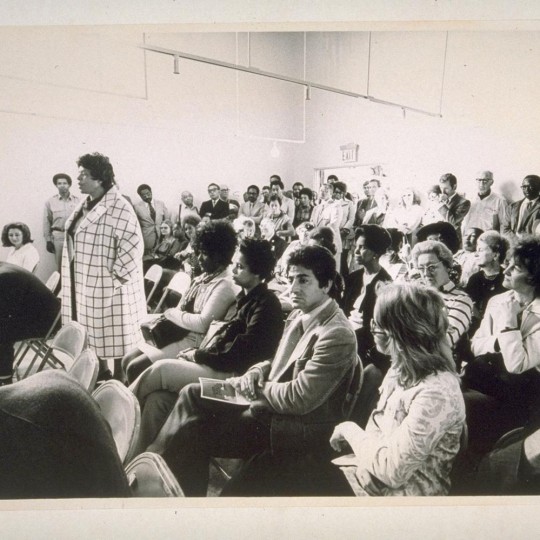
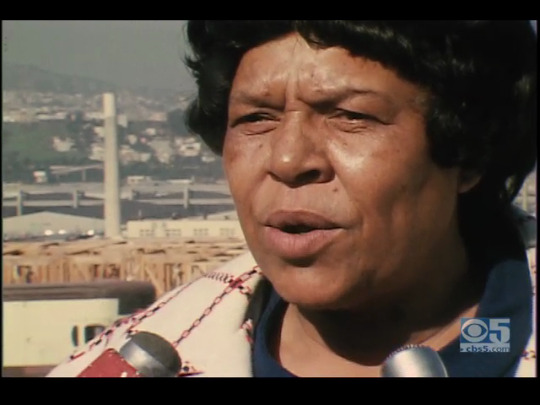
Read more
The Queen of San Francisco: Leola King and the “Harlem of the West”

Once upon a time, San Francisco had its own Harlem, and this Harlem had a queen. A “fast-talking,” “show-me-what-you-can-do” woman, one-part glamour and a million parts grit. Her name was Leola King and she got her start running a barbeque pit at 1601 Geary Street. An homage to King’s native Oklahoma, it was built out of a log cabin and featured a fifty-foot smoke pit. The menu included smoked buffalo, deer, and quail.
How popular was Oklahoma King’s? Judging from the swanky Scott Street mansion Leola King eventually bought herself, it wasn’t just popular, it was epic.

Leola King and her mother in her Scott Street mansion.
Then one day she turned up to open the restaurant and saw that Oklahoma King’s had been laid to waste. Turns out the San Francisco Redevelopment Agency was fed up with trying to get King to sell her property. The restaurant was one of countless homes and businesses bulldozed into oblivion by the “urban renewal” projects that decimated the Fillmore jazz scene and eventually drove out the City’s African American community.

Leola King rallied—as phenomenal women will do. The Blue Mirror, King’s new club at 935 Fillmore Street, was small, but like its owner, it packed a mighty punch. Lena Horne, Ray Charles, Duke Ellington, Count Basie and Cab Calloway were just a few musicians that passed through King’s place. And Josephine Baker, Nat “King” Cole, Elizabeth Taylor and Sugar Ray Robinson? Oh, they were all her friends.

Josephine Baker, an unidentified man and Leola King
And then the San Francisco Redevelopment Agency came a second time. She built another jazz palace. That was stolen too. She built another one. Gone, like the rest. The last time, King refused to go quietly; she was forcibly removed by the sheriff. She spent the next quarter-century fighting for just compensation. She didn’t win, but when Leola King died in 2013, she died fighting.
Lance Burton, who grew up in the Fillmore and knew King in her heyday, wrote this about her in 2015: “Mrs. King was like a big movie star to many of us, a star who brought some very bright moments to our community—maybe the most golden period of years ever to have been seen in San Francisco.”
Source
Every time Black Americans would thrive and mind their business, here comes some bombs and/or urban renewal aka Negro removal.
#fillmore#fillmore district#fillmore jazz era#san francisco#bay area#harlem of the west#eloise westbrook#leola king#billie holiday#ella fitzgerald#josephine baker#lena horne#louis armstrong#duke ellington#1940s#1950s#black american history#black history
350 notes
·
View notes
Photo
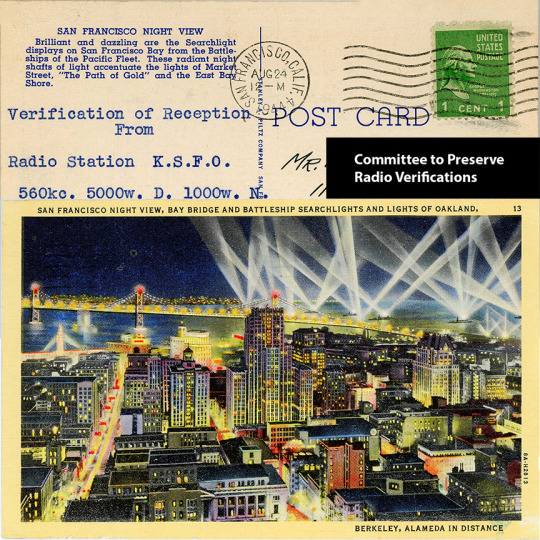
During the heyday of broadcast radio, receiving distant signals was a source of pride for many hobbyists. Shown here: a listener in Staten Island, NY, received a postcard confirmation from the San Francisco, CA station KSFO in August 1944. At that time, the KSFO studios were in the Mark Hopkins Hotel, and their transmitter was at San Francisco's Islais Creek.
Committee to Preserve Radio Verifications | Tumblr Archive
21 notes
·
View notes
Text

Anne with Riley, Parking on the steep hill just below the Mark Hopkins Hotel, 1940s © Fred Lyon
9 notes
·
View notes
Photo
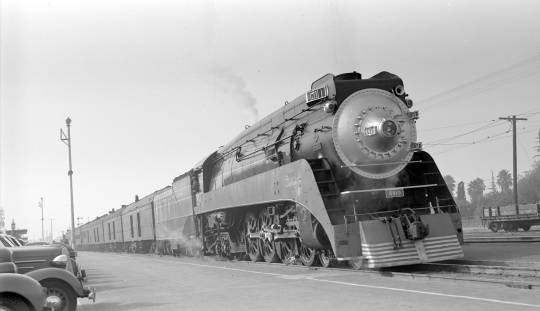
SP train, engine number 4410, engine type 4-8-4
Train #71, Coast Mail; 6 cars. Photographed: Glendale, Cal., August 2, 1940.
#coast mail#sp#southern pacific#1940#los angeles#san francisco#trains#passenger train#history#glendale#california
20 notes
·
View notes
Text

Anne with Riley, Parking on the steep hill just below the Mark Hopkins Hotel, San francisco. 1940-1950's
Photo: Fred Lyon
35 notes
·
View notes
Text

#“Sally Rand’s Nude Ranch” at the 1939-1940 Golden Gate International Exposition on Treasure Island in San Francisco Bay.#Paul-Belgium#oldschool
23 notes
·
View notes
Photo

The City, Max Yavno, 1947
#photography#vintage#vintage photography#max yavno#san francisco#california#aerial photography#black and white photography#cityscape#1940s#1947#american
67 notes
·
View notes
Text

San Francisco, circa 1944. A private lesbian party.
I found this photo in the book Odd Girls and Twilight Lovers by Lillian Faderman. The rights belong to the June L. Mazer Lesbian Archive.
8 notes
·
View notes
Photo
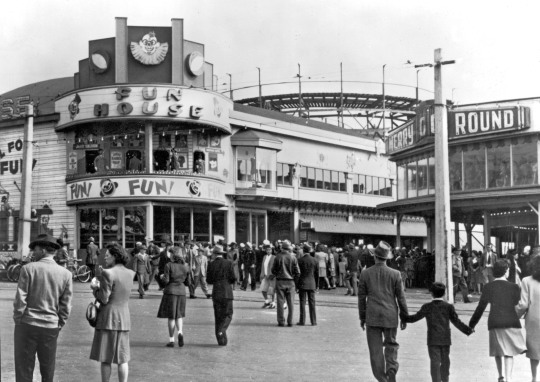
Playland at the Beach, San Francisco, c. 1940′s
Source
#playland at the beach#san francisco#midway#funhouse#amusement park#black and white photography#street photography#1940's#merry go round#roller coaster
11 notes
·
View notes